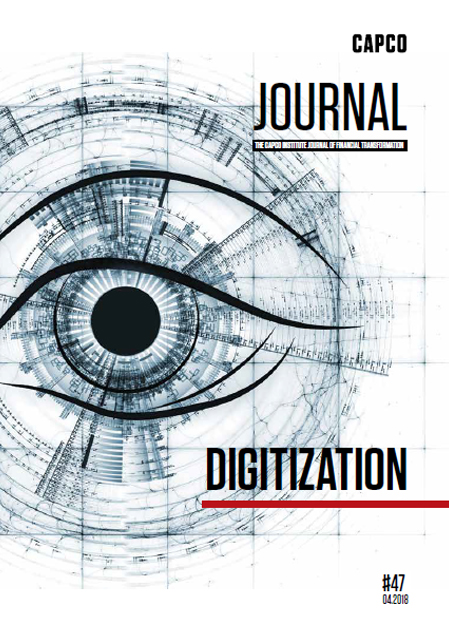Historically, businesses have treated regulations as a necessary evil, and thereby managed them by reactive and siloed approaches towards minimum compliance. In this article, an approach for “future regulatory management” is presented. From an overview of how regulations have evolved over time, an analytical framework is applied to outline the capabilities required for managing regulatory change in the future. In addition, we offer five design principles that will give firms a chance to innovate with regulatory change rather than just continue to fight with compliance requirements. Instead of being viewed as “the perpetual ogre, the bad guy who is against good things” [Levitt (1968)], you could be the company that customers turn to as a role model.
The future of regulatory management: From static compliance reporting to dynamic interface capabilities
Published: 30 April 2018

The future of regulatory management: From static compliance reporting to dynamic interface capabilities